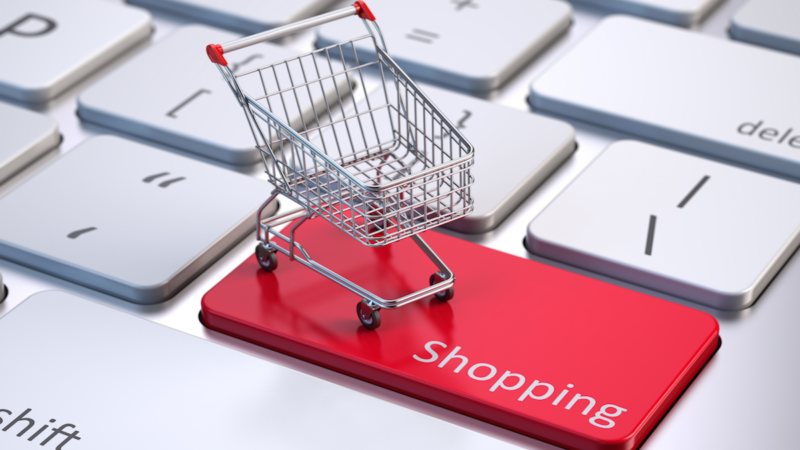The new normal: Changing the dynamics between brands and shoppers
Today's consumers are in control, and expectations are high. Columnist James Green says brands need to respond to the new normal by providing customers with the experience they expect and want.
There’s a big gap between what people want and what they experience online. People still see ads follow them around the web featuring items they’ve already bought or receive offers that are nearly irrelevant to them. What people want is the type of experience that I had when I used to buy suits from Zegna.
I had a personal shopper who had my measurements and knew what I liked, which made shopping easy. The experience went something like this: I would walk in, the personal shopper would show me some styles based on my preferences and past purchases, I’d try them on, make my purchase, and then I’d leave.
This seamless process is what people should experience today both online and in-store. We’re seeing significant shifts in today’s market dynamics that span from how and where people shop to ways in which brands are reacting to the new era where people are in control and expectations are higher than ever.
Shifts in the shopper journey
In a recent joint presentation with Kantar Retail, we noted the most important factors when shopping. Three of consumers’ top five shopping priorities were related to time-oriented factors, including the ability to have a stress-free experience, being able to conduct all of their shopping in one place and completing their shopping quickly.
The other two priorities for consumers were more focused on price — spending as little as possible or feeling like they got a good deal.
Truth be told, there’s not much marketers can do to compete on price, especially without hurting margins. Oftentimes, price is deeply connected to your brand — you’re either a luxury advertiser, a discount brand or in the middle of the road.
And with companies like Amazon, it’s becoming harder and harder to compete on cost. Kantar Retail’s ShopperScape recently found that 31 percent of all US households have an Amazon Prime membership.
Companies like Amazon have fundamentally changed the way people shop today — they now buy more CPG (consumer packaged goods) items online and are more likely to order smaller items on the fly because of the company’s free shipping and fast delivery services.
While you can’t always compete on price, you can differentiate your brand, driving up sales and loyalty by building out an above-par user experience, enabling efficient, seamless and enjoyable service for your prospects and customers.
Brand reactions to the new normal
We’ve all seen companies across verticals that enter the market and really change how people behave. Think of Uber and how it’s disrupted the taxi industry, or the impact Amazon has had on the role of brick-and-mortar stores, or companies like Blue Apron that are starting to impact the grocery market.
Brands like these have set new standards for how companies need to engage their prospects and customers. Blue Apron does the prep work for you, giving you all the ingredients and exact serving sizes to whip up a home-cooked meal.
We’re even seeing stores like Walmart and Target creating new business models focused on personalized experiences, simplicity and convenience. For example, you can now pick out your groceries online, and Walmart will have them ready to load into your car when you arrive.
In a world where service and convenience have become the new normal, you need to have a comprehensive understanding of your customers, know what they’re interested in and cater to the experience they expect and want.
Spot-on personalization
In order for 1:1 marketing to be welcomed by consumers, it has to be spot-on. It needs to be relevant, relatable and meaningful, and it needs to provide value — not deter people from the shopping experience or make them feel misunderstood.
A recent study from Magnetic (my employer) and Retail Touchpoints found that 50 percent of people were extremely frustrated when they thought online ads were irrelevant to their personal tastes, and 54 percent wanted retailers to customize sales and offers to their personal preferences.
It’s no easy task to align your data with people’s behaviors. It means keeping data up-to-date and integrating it across marketing platforms so that the product your customer already purchased doesn’t keep following them around the web in the form of an ad or continue to show up in your emails to them each and every week.
Today, we may take it for granted when marketing feels spot-on, but this evolution is much more recent than many of us remember. It’s taken a long time to align all this new data across channels and devices and to do it in a way that benefits the customer.
Personalization, service and convenience are the driving forces behind the new normal, which is a world where consumers are in control, and brands are responsible for delivering exactly what they want and expect.
Opinions expressed in this article are those of the guest author and not necessarily MarTech. Staff authors are listed here.
Related stories
